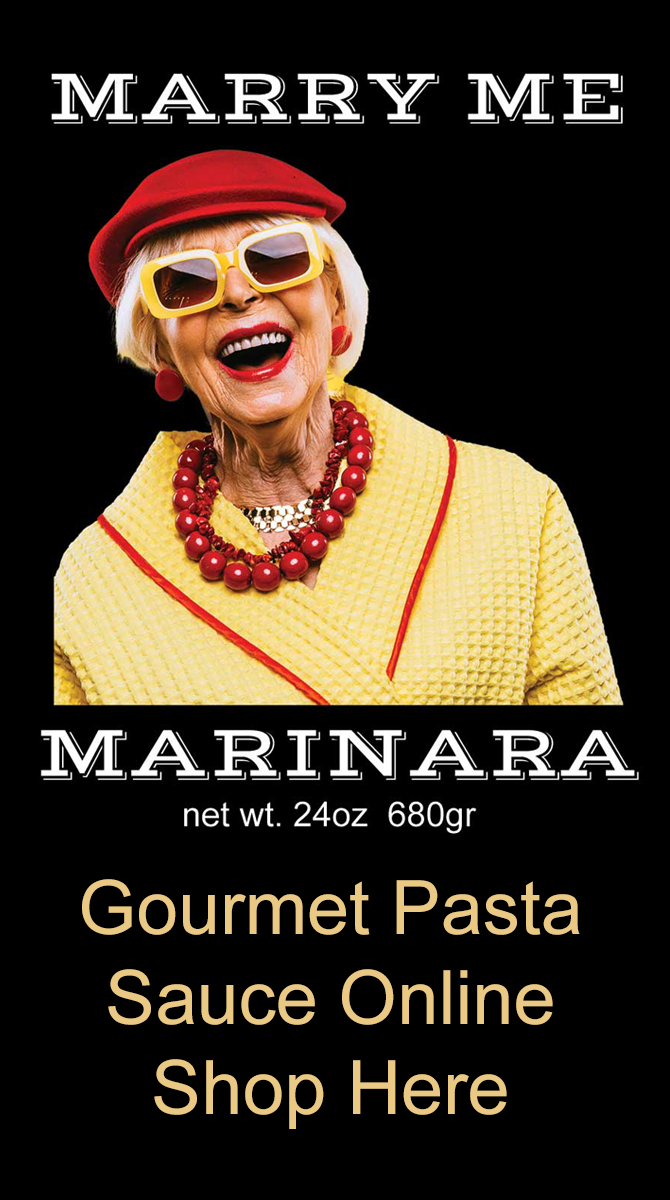Coffee is one of the most popular drinks in the world, and it comes in many different varieties. From the classic black coffee to the more decadent mocha, there are plenty of options to choose from. In this article, we'll explore the different types of coffee and their origins. Let's start with the most popular type of coffee: Arabica.
Arabica is a high-quality coffee bean that is known for its smooth flavor and low acidity. It's the most popular type of coffee, and it's used in many different types of coffee drinks. Robusta is another type of coffee bean, but it's not as popular as Arabica. Robusta is cheaper and stronger than Arabica, but it has a harsher flavor.
Black coffee is a simple drink made by soaking ground coffee beans in hot water and serving it hot. Red eyes and black eyes are variations on this classic drink. Red eyes are made by adding a shot of espresso to a cup of black coffee, while black eyes are made by adding two shots of espresso. Americans are also popular breakfast beverages that are believed to have originated during World War II when soldiers added water to their coffee to extend their rations.
Espresso-based drinks are also popular. A long black is similar to an Americano, but it originated in New Zealand and Australia. It usually has more cream than an Americano. A macchiato is made by adding steamed milk to espresso, while a long macchiato is a taller version with different layers of steamed coffee and milk.
A cut takes the macchiato a step further by adding warm milk to reduce acidity. A brief adds a decadent touch to regular espresso by adding half and half steamed milk. Mocha is a hybrid of coffee and hot chocolate, made with espresso, chocolate powder or syrup, and steamed milk. Affogatos are more for dessert than for a morning pick-me-up, but they can be a fun addition to any coffee menu.
They're made by pouring a shot of espresso over a scoop of vanilla ice cream for a sweet treat after dinner. Being familiar with the different types of coffee beverages allows you to serve more customers and improve your coffee service. Providing this information where customers can see it can help them make safe decisions about their coffee order and start the day off right. The origin of coffee dates back to Ethiopia, although no one knows who discovered it first. According to the National Coffee Association, a popular legend states that it was a goat herder named Kaldi who discovered that chewing a particular berry filled his goats with energy and kept them awake at night. Cappuccino is an espresso-based java that comes from an Austrian drink called kapuziner (via Super Coffee). Inspired by the dark color of the tunics worn by the Kapuzino friars of Austria in the 18th century, the kapuziner was prepared with coffee, milk, sugar and a swirl of whipped cream on top. What we know today as cappuccino was invented by Italians in the 1900s, for whom cappuccino was the ideal morning coffee that could be drunk in a handful of drinks to get a quick shot of caffeine. The origin of Raf coffee dates back to the Basque County of Spain, where it was given the name cut in honor of the Spanish verb to cut (according to Perfect Daily Grind).
Roasty Coffee explains that a cut coffee has enough milk to reduce espresso and its acidity. Modern mocha as we know it today comes from a drink called bicerin, which was popular in 18th century Italy (via Sprudge). According to Sprudge, the drink was named after an Italian coffee shop called Caffè al Bicerin, which served its customers a coffee, cream and chocolate drink. According to popular legend, Raf coffee originated in the mid-1990s in Russia when Rafael Timerbaev walked into a coffee bean store asking for a good cup of coffee with milk (via Sprudge). Responding with good cheer to his simple request, the waiter steamed a mixture of cream, 2 tablespoons of sugar and a shot of espresso. The drink was so successful with Rafael (and other customers) that Coffee Bean simply added it to their menu and named it Raf in honor of its creator. If you like strong milk-based espresso coffees, cappuccino is probably your favorite drink. A macchiato is even stronger than cappuccino; according to Roasty Coffee, while cappuccino was designed to be consumed as a morning coffee, macchiato was meant to help overcome afternoon recessions. Comparable only to pure espresso in its intensity, macchiato gets its name from the Italian word for stained or marked; true to its title, when you make a macchiato you only add enough milk to effectively stain it. Cold brew is another type of coffee that has become increasingly popular in recent years.
It's made by soaking ground coffee beans in cold or room temperature water for at least 12 hours (via Greatist). Over time, the caffeine, oil and sugar in the beans seep into the water to produce a refreshing mild-tasting coffee. Hot water tends to remove acids from coffee making it astringent and often requires milk to reduce its unpleasant taste; because cold brew is made without hot water it has relatively low acidity and any milk added only makes it softer. In addition Greatist points out that iced coffees require ice which melts and dilutes its flavor of the coffee. Cold brew however has all the flavor without diluting any flavor.<.>









